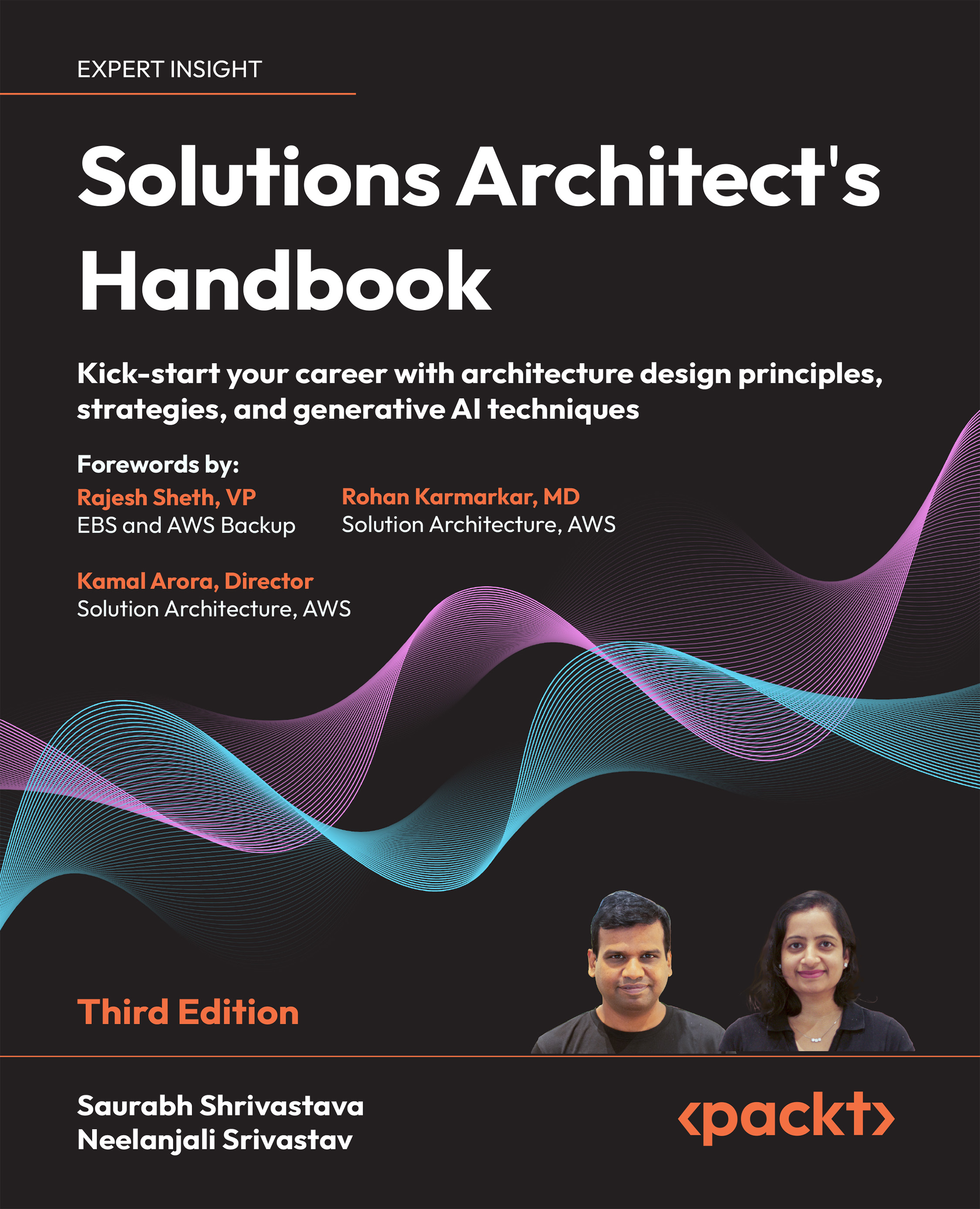Technology selection for performance optimization
In Chapter 4 and Chapter 5, you learned about various design patterns, including microservice, event-driven, cached-based, and stateless patterns. An organization may choose a combination of these design patterns depending on their solution’s design needs. You can have multiple approaches to architecture design, depending on your workload. Once you have finalized your strategy and start to implement your solution, the next step is to optimize your application. To optimize your application, you must collect data by performing load testing and defining benchmarking as per your application’s performance requirements.
Performance optimization is a continuous improvement process in which you need to be cognizant of optimal resource utilization from the beginning of solution design until after the application’s launch. You need to choose the right resources as per the workload or tune the application and infrastructure...

































































